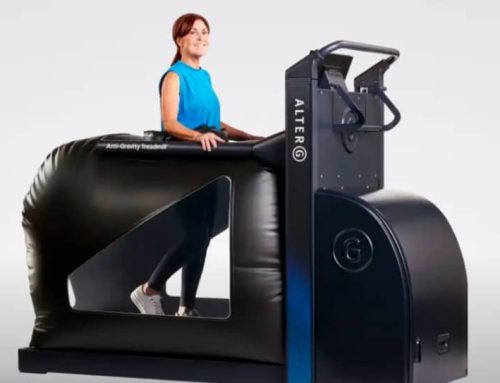Some people believe work conditioning programs are for injured workers who still have factors that limit a safe return to full-duty work after completing an acute physical therapy program. While work conditioning falls under physical therapy services, it is not wholly separate, nor is it an identical process to other physical therapy services. Work conditioning is a specific and functional program designed to help injured workers return to work and improve their abilities. Continue reading below for more information regarding work conditioning and everything it entails.
What is work conditioning?
Work conditioning revolves around a simple idea – to ensure that an injured worker is able to return to work and perform to the best of their ability. That is accomplished through a specific, often individualized program designed to ensure their body is working properly and not causing them pain.
The program is developed with the worker’s specific job in mind to ensure no matter what task they have on a given day, they’ll be well-equipped to handle it. By doing so, the program effectively closes any gap left between acute care and returning to work.
Who might be a candidate for work conditioning?
While candidates for work conditioning may vary, there are some lines of work that work conditioning programs commonly aid. Specifically, warehouse workers who tend to focus on tasks such as loading, unloading, heavy lifting or even packaging are popular candidates.
In addition to warehouse workers, work conditioning is also ideal for first responders that need to stay alert and active for long periods. Also, maintenance workers who typically deal with heavy lifting and much more.
Many more positions may fall under the umbrella of work conditioning and can certainly benefit. However, it is largely up to you and your advising physical therapist to decide the best course of action for you and your health.
What are the benefits of work conditioning?
With many job-specific benefits, there are many advantages to work conditioning. Those can mainly be attributed to the individualized programs and the resulting circumstances you would be placed under.
Benefits of work conditioning include:
- Education on proper lifting techniques.
- Lessons on proper carrying positions to avoid injury.
- Simulated work environments for first responders. Settings could include climbing a ladder with a fire hose, jumping fences, working on complicated terrain, CPR practice and more scenarios that ensure you’re ready to rejoin your line of work.
- Aid in improving fine motor skills and endurance.
How long does it take?
Because the programs vary from occupation to occupation, it’s difficult to put an exact time on each session or even the full amount of time you’ll need to invest in work conditioning. However, we can tell you this, work conditioning appointments, for the most part, will last longer than your typical physical therapy or occupational therapy sessions. Work conditioning appointments will be held around three to five times a week.
The reason behind the extended appointment time is that great results have been with activity tolerance training and other activities that require long hours. Now, again, depending on your occupation, you could be looking at a smaller time commitment. A work conditioning program is always tailored to fit each individual patient’s needs.
What should I expect from a work conditioning program?
The whole idea of work conditioning is rather simple in thought and practice. Typically speaking, work conditioning is most effective for rebuilding muscle or abilities that a worker may have lost following extensive surgery and an acute therapy program.
What is included in the work conditioning program will vary depending on your needs, even accounting for the hours you normally work and the position you hold – as mentioned above. The success of work conditioning also depends on your commitment to it. If you lack the time or the dedication, it’s unlikely that it will be able to help you. But if you stick with it, you can expect a quick return to work after some general conditioning, flexibility exercises and cardiovascular conditioning. And many of the simulated situations that we described above – even using your real, day-to-day tools of the trade.
Work conditioning in the Triangle
Cary Orthopaedics’ physical therapy division offers a top-quality work conditioning program to get you back on your feet. Beginning with a biomechanical and neuromuscular evaluation, we pinpoint the best physical therapy treatment for your rehabilitation needs. For more information, contact us today.






